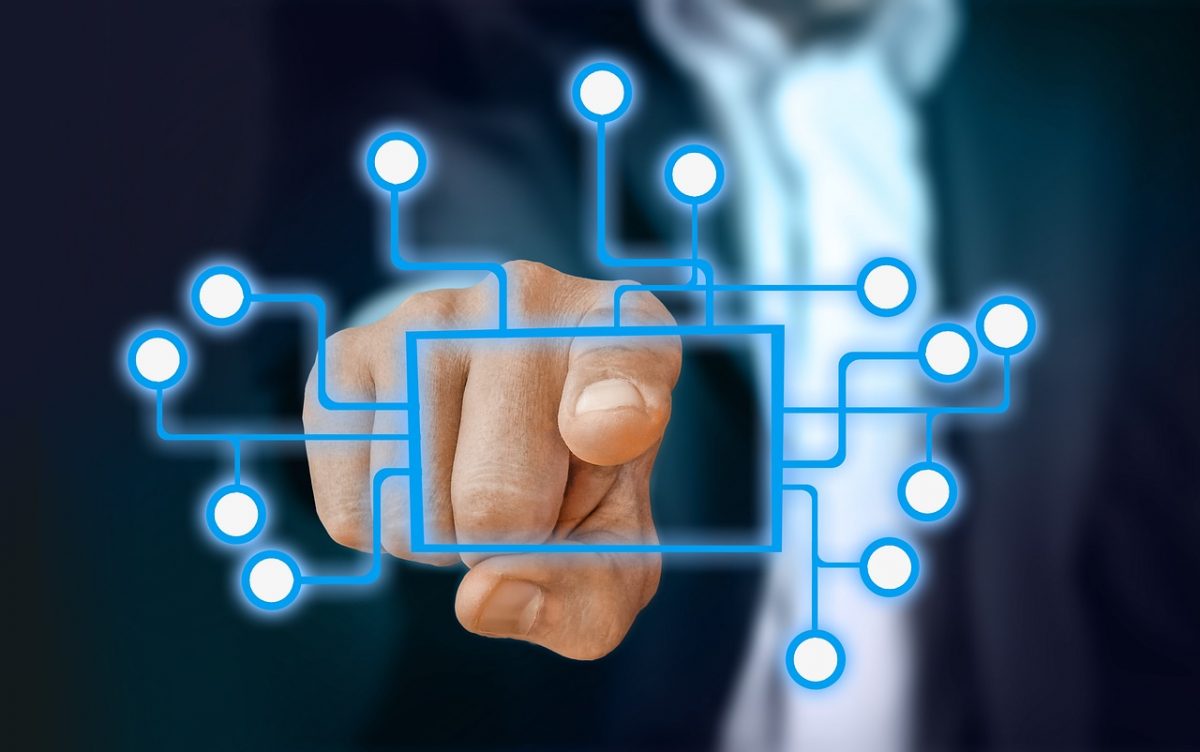Traditional cybersecurity techniques frequently find it difficult to keep up with the increasing complexity and frequency of cyber attacks. Presenting crowdsourced cybersecurity systems, which are cutting-edge solutions that use the combined knowledge of an international network of ethical hackers to instantly detect and fix security flaws.
Overview of Crowdsourced Cybersecurity
By utilizing the combined knowledge of ethical hackers throughout the world, crowdsourced cybersecurity radically changes the way that digital defense is thought of. Organizations may improve their security measures by inviting knowledgeable hackers to find and disclose vulnerabilities through bug bounty programs and ethical hacking efforts. In contrast to conventional techniques, this crowdsourcing method offers continuous monitoring and faster vulnerability detection, both of which can be critical in the rapidly evolving field of cybersecurity.
How It Works
The foundation of crowdsourced cybersecurity is made up of ethical hacking projects and bug bounty programs. Businesses establish these programs by outlining the parameters and guidelines, inviting ethical hackers to examine their systems for weaknesses. These vulnerabilities are found and reported by hackers, who are compensated, usually with cash or recognition. This approach encourages a wide spectrum of security professionals to share their expertise, creating a culture of ongoing security improvement.
Key Platforms in Crowdsourced Cybersecurity
In the field of crowdsourced cybersecurity, a number of platforms have become industry leaders, each providing special features and services. Many clients trust such platforms because of its strong bug bounty programs and vulnerability coordination services, which link businesses with ethical hackers to test their systems for vulnerabilities. Some platforms provide all-inclusive service connects security researchers and firms that specialize in vulnerability disclosure, penetration testing, and bug bounty programs. They often combine machine learning and human knowledge to provide efficient solutions.
Some of these platforms focus on vulnerability identification, penetration testing, and compliance evaluations and offers actionable security insights, blends crowdsourced security testing with an AI-powered platform. They provide customized crowdsourced security services that enable enterprises to scale their efforts flexibly by fostering collaborative settings for ethical hackers to find vulnerabilities.
Benefits of Crowdsourced Cybersecurity
The crowdsourced cybersecurity strategy is becoming a more and more popular option for businesses looking to improve their security measures since it provides a number of noteworthy benefits over conventional methods.
- Less Expensive: Without the overhead expenses of keeping a full-time cybersecurity staff, organizations may get on-demand knowledge. Businesses may maximize their security investment and gain access to a diverse spectrum of expertise and viewpoints by only paying for the vulnerabilities that ethical hackers find and disclose.
- Quickness and Effectiveness: When detecting vulnerabilities, several ethical hackers can operate at once, which results in faster resolutions than with traditional approaches. By ensuring that security flaws are found and fixed more quickly, this cooperative method shortens the window of opportunity for possible attackers.
- Constant Monitoring: Crowdsourced platforms make it possible to continuously examine systems instead of depending just on recurring evaluations. Constant monitoring makes it possible to identify weaknesses in real time, giving businesses a proactive defense against new threats.
- Increased Originality: External specialists encourage original ways to problem-solving by bringing fresh ideas that might not come from conventional internal teams. Ethical hackers’ varied experiences and backgrounds help them spot unusual vulnerabilities and create original mitigation techniques.
- The capacity to scale: Without making long-term commitments, businesses may readily modify their cybersecurity efforts in response to changing demands. Crowdsourced systems give businesses the freedom to scale security measures in accordance with their needs, whether they are responding to particular threats or growing their digital presence.
Real-World Applications
Defense and Government: Through initiatives that allow ethical hackers to test their systems that are visible to the public, government organizations have benefited from crowdsourced cybersecurity. These programs have been effective in locating and addressing weaknesses that may endanger national security.
Services for Finance: Crowdsourced cybersecurity has been used by financial organizations, who are notoriously vulnerable to cyberattacks, to strengthen their defenses. To secure sensitive financial data, leading platforms have teamed up with banks and fintech firms to carry out thorough security testing.
Technology Businesses: Crowdsourced cybersecurity is used by large IT businesses to keep their systems safe. These businesses frequently invite ethical hackers to find flaws in their software and services through elaborate bug bounty programs.
Medical Care: Crowdsourced cybersecurity is becoming more and more popular in the healthcare industry, which deals with sensitive patient data. Ethical hackers assist in locating weaknesses in telemedicine platforms, electronic health record systems, and other vital infrastructure.
Takeaway
As cyber dangers increase, the crowdsourced cybersecurity concept is proven to be a flexible and successful answer for businesses. Businesses may improve their security posture, save money, and increase productivity by utilizing the pooled expertise of ethical hackers via well-known platforms. Such cooperative techniques will probably become increasingly more crucial as cyber dangers continue to change.
In addition to offering a scalable and affordable solution, crowdsourced cybersecurity systems bring ongoing, innovative problem-solving to the cybersecurity space. Organizations may keep ahead of any risks and guarantee strong protection for their digital assets by utilizing the varied knowledge of ethical hackers.
Adopting cutting-edge strategies like crowdsourcing cybersecurity will be crucial for preserving security and resilience as the digital world grows. Businesses that use these tools may anticipate a more secure future where cyberthreats are successfully reduced and vulnerabilities are quickly found and fixed.











